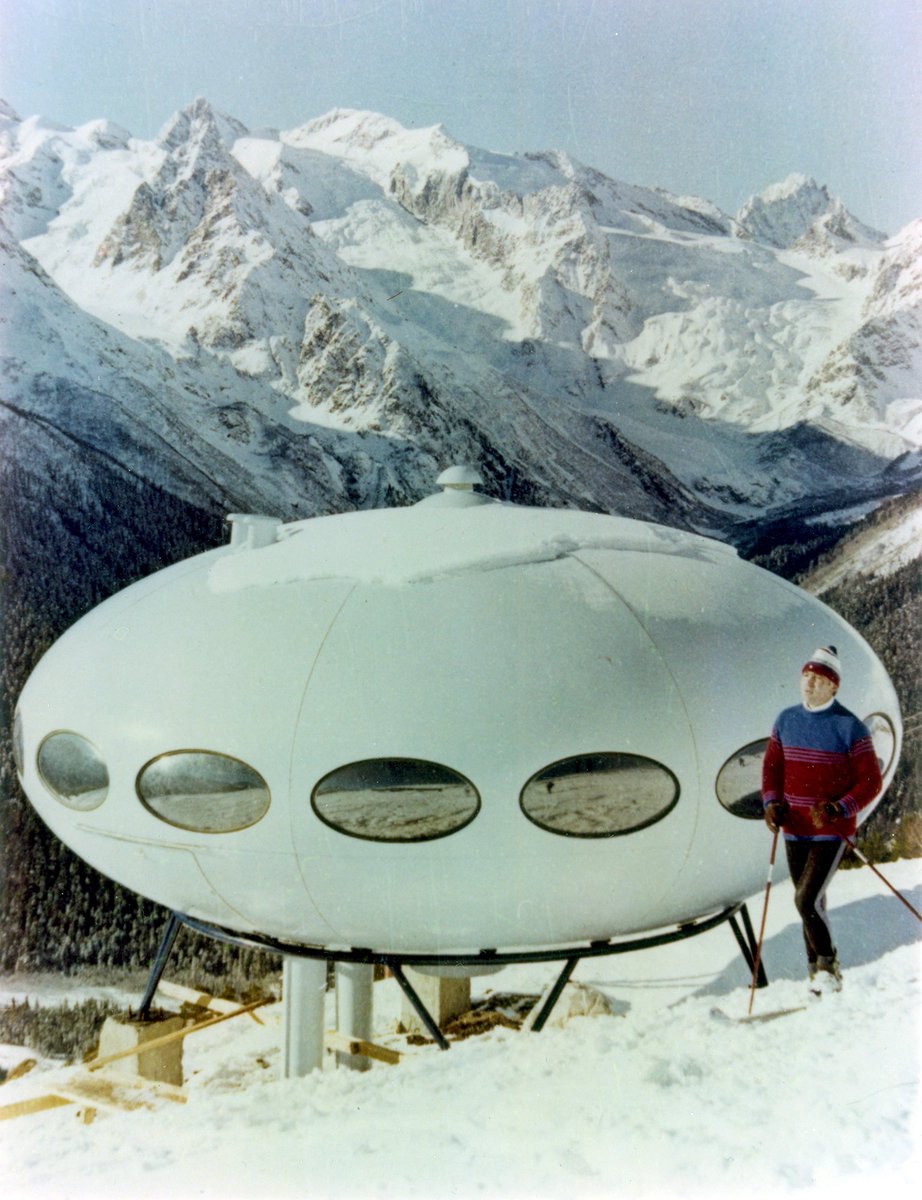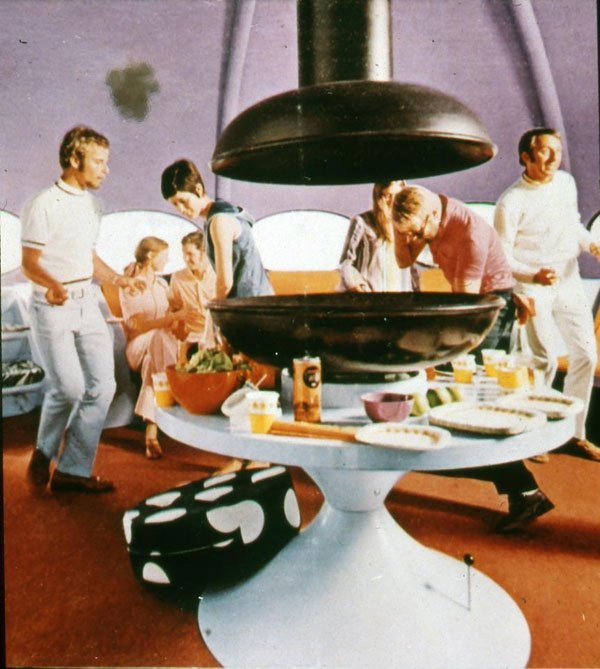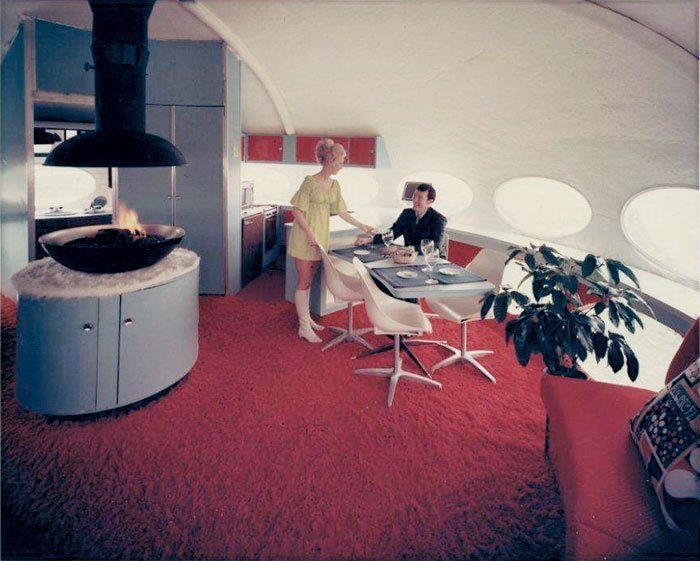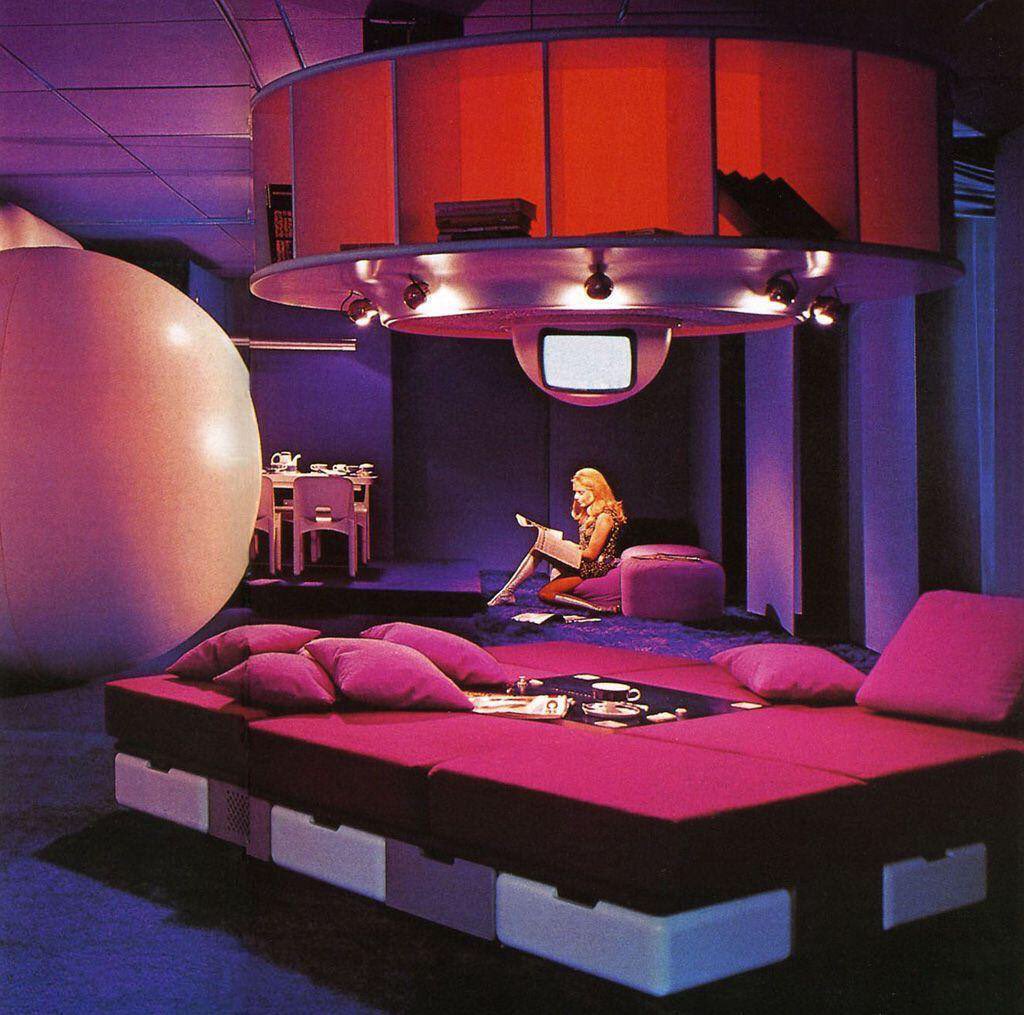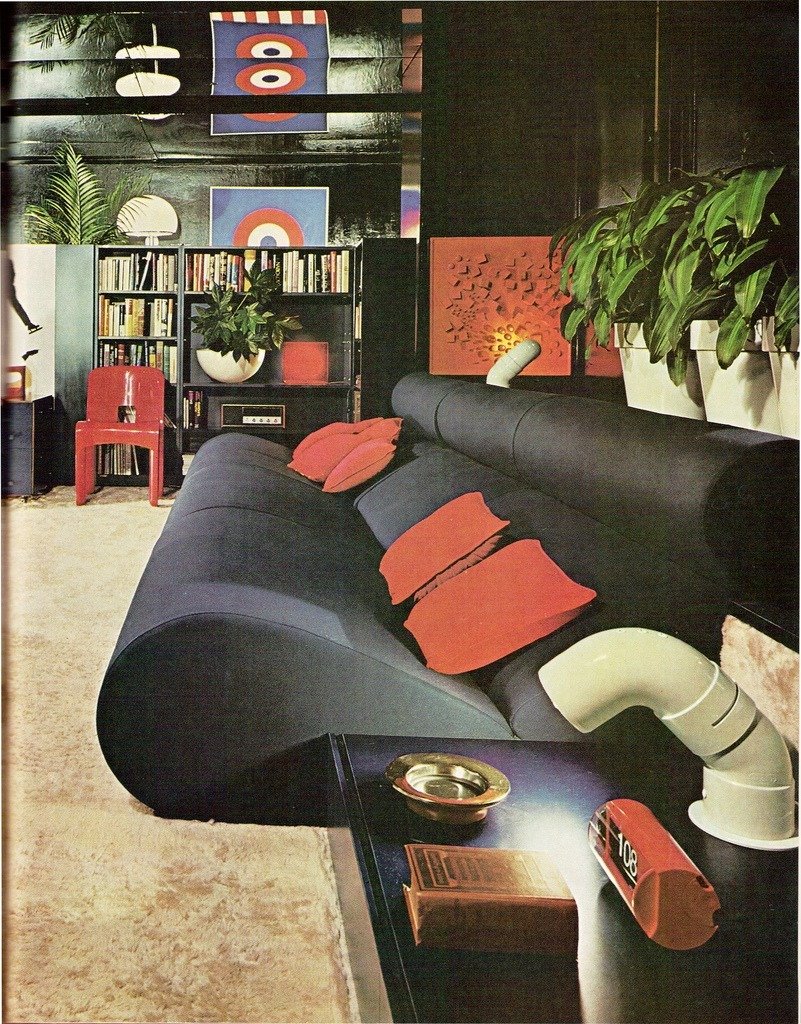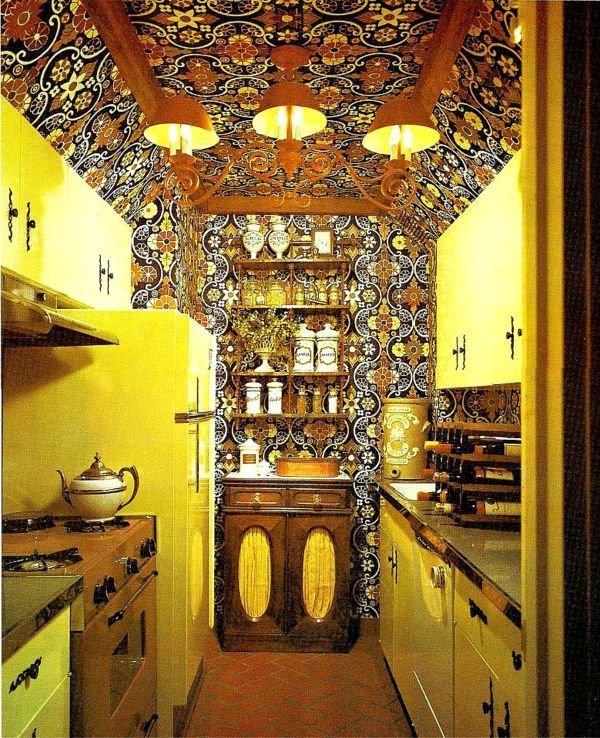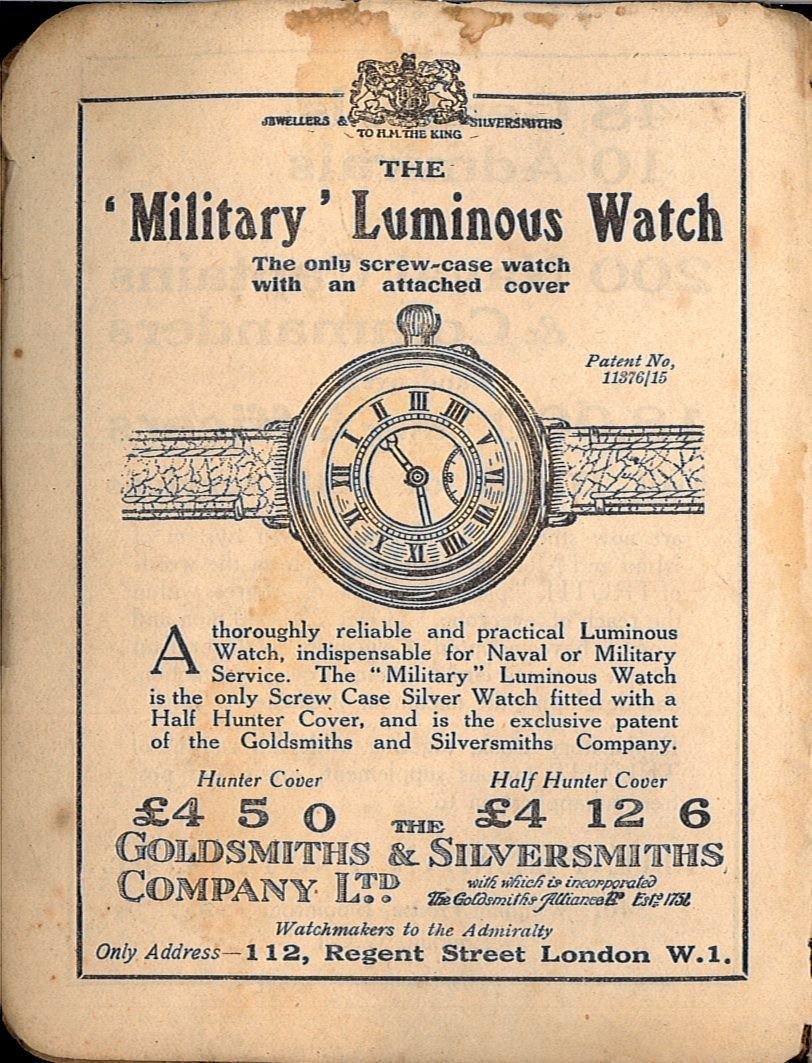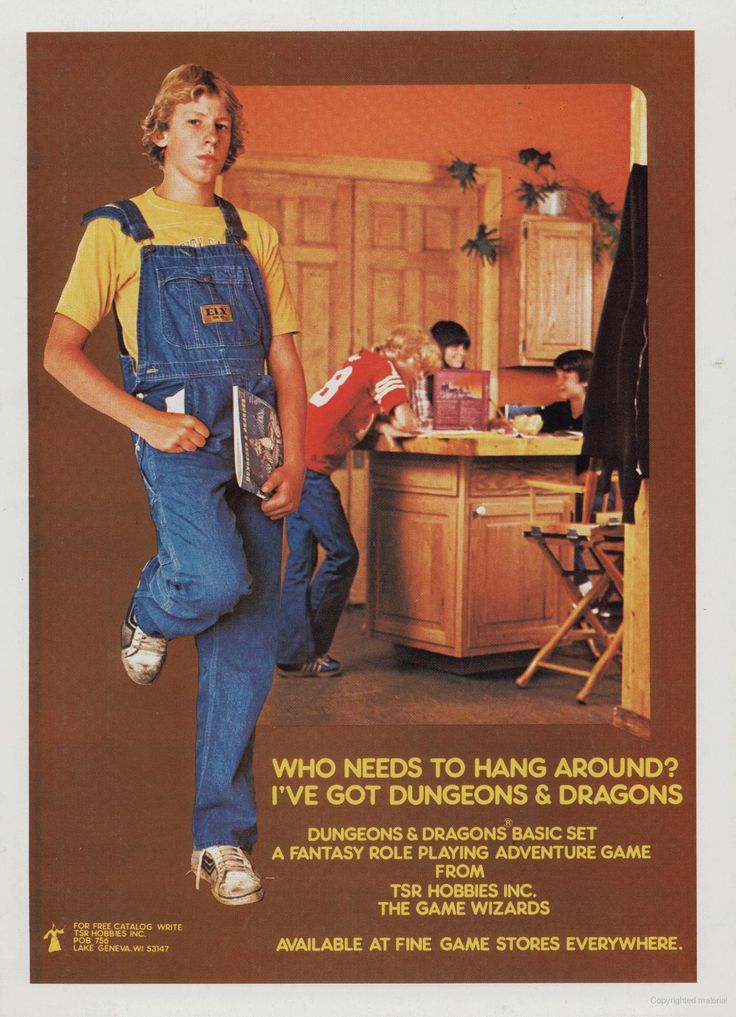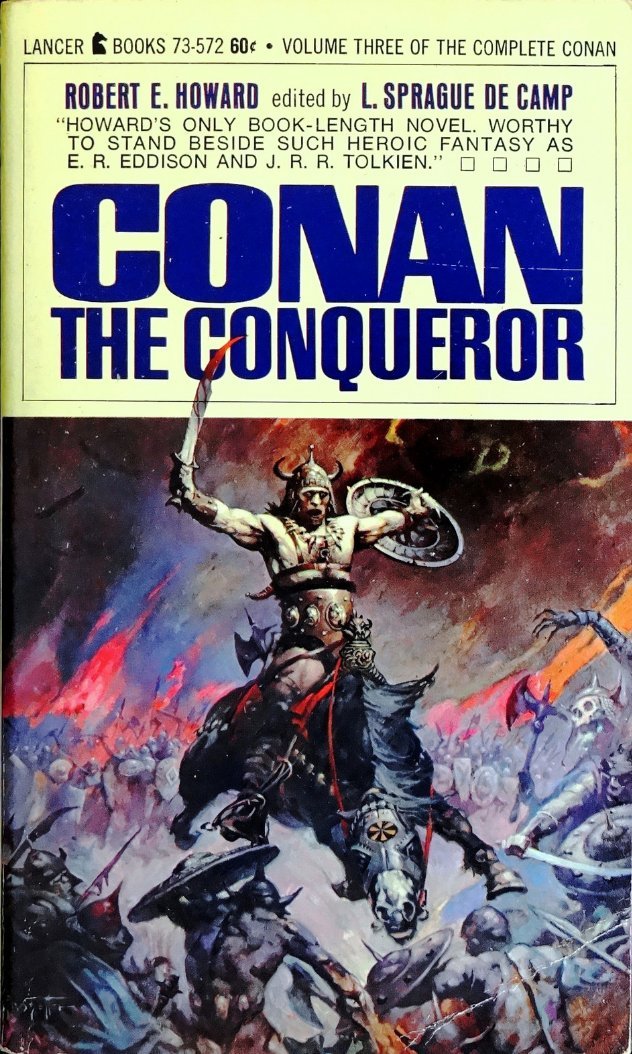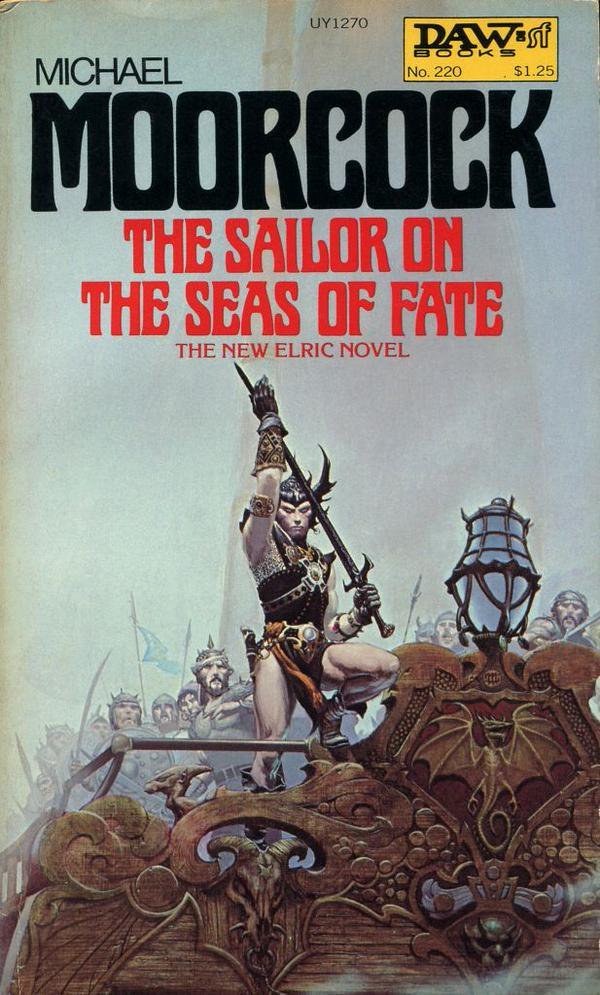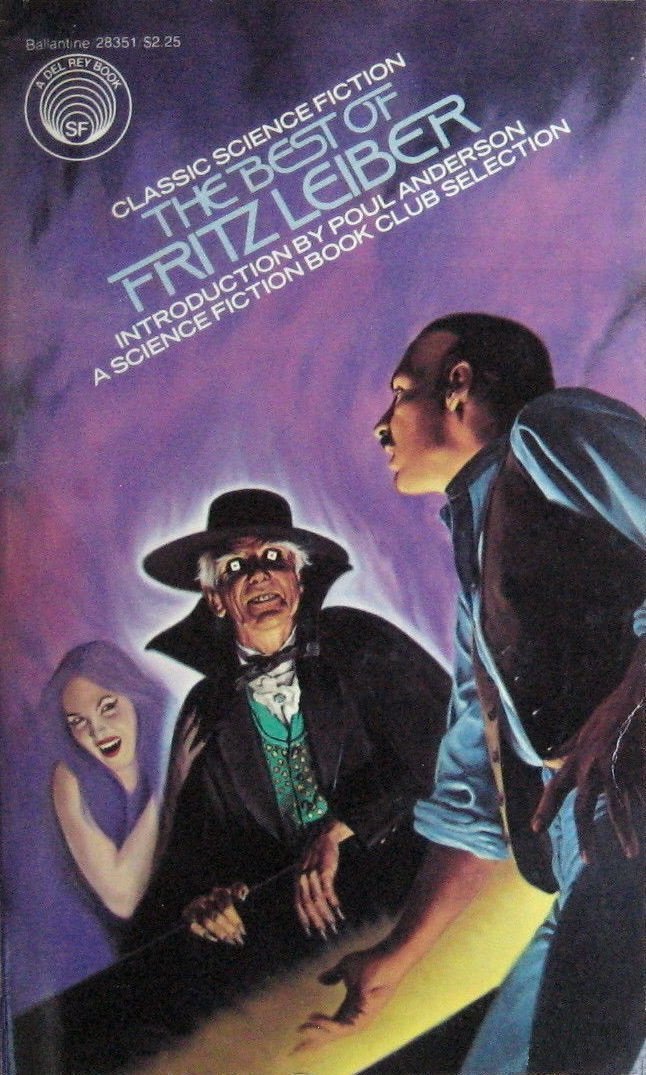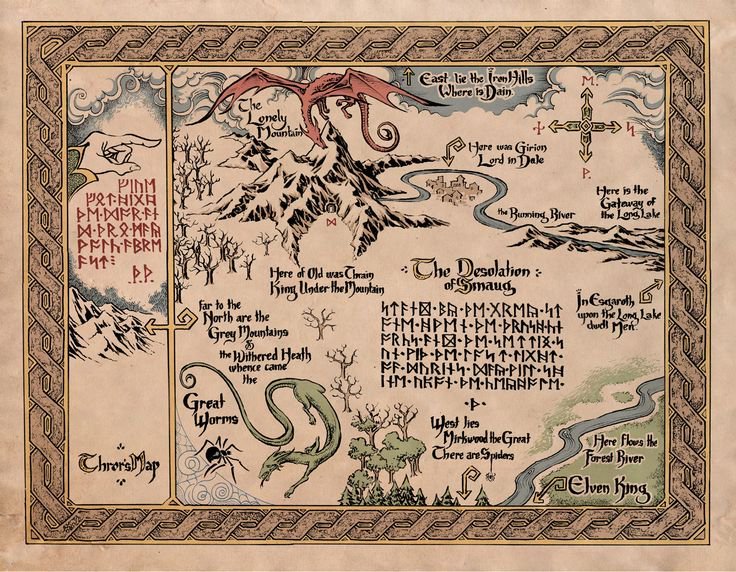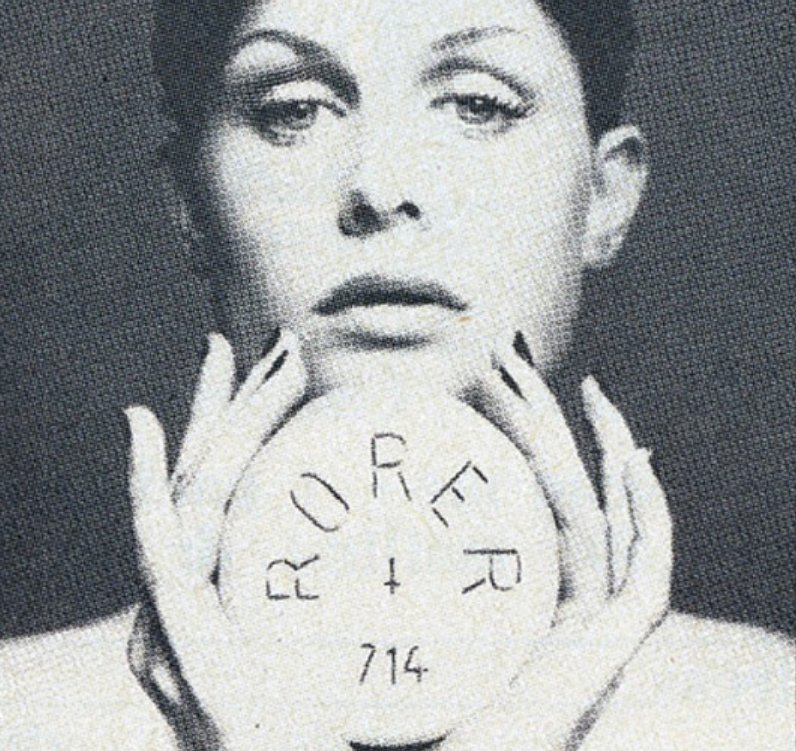
I'm very sorry to hear that Rowena Morrill has passed away. Her art graced many wonderful book covers over a long career, gaining her a legion of fans worldwide. She was a huge part of the SF&F publishing landscape and her talents will be sorely missed. 

Rowena Morrill's original cover art for The Stars Are the Styx, by Theodore Sturgeon. Bluejay Books, 1984. 
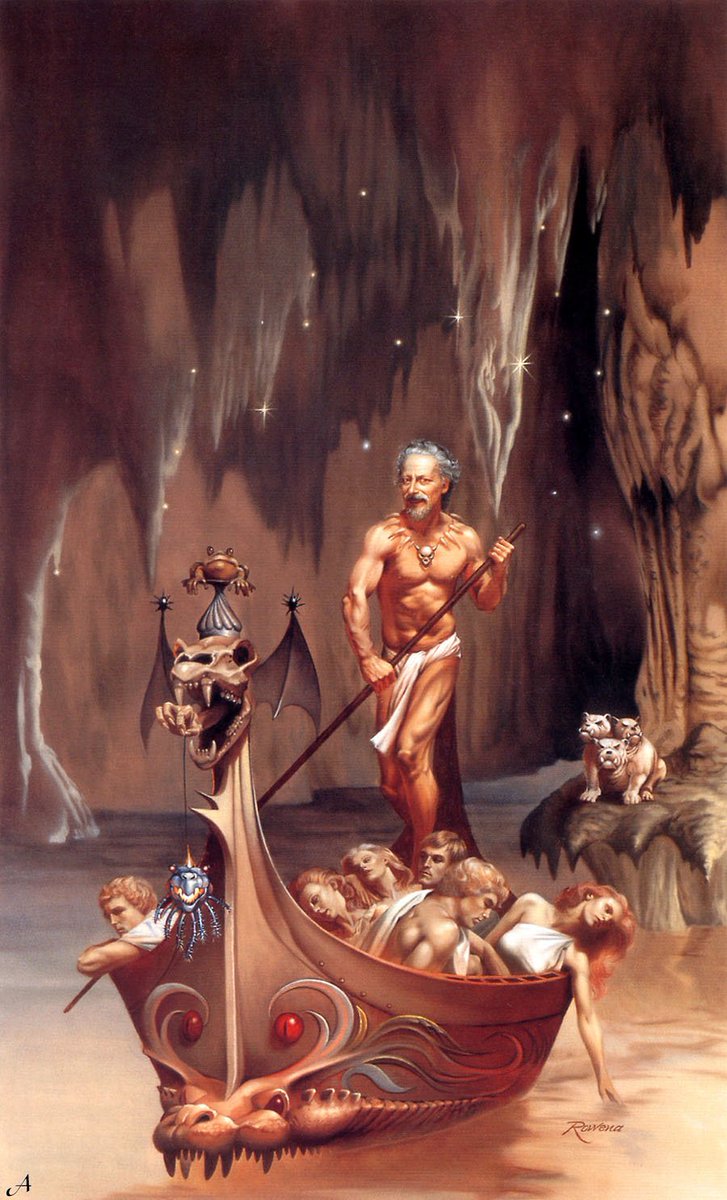
Rowena Morrill's original cover art for Three From The Legion, by Jack Williamson. Pocket Books, 1980. 

• • •
Missing some Tweet in this thread? You can try to
force a refresh







